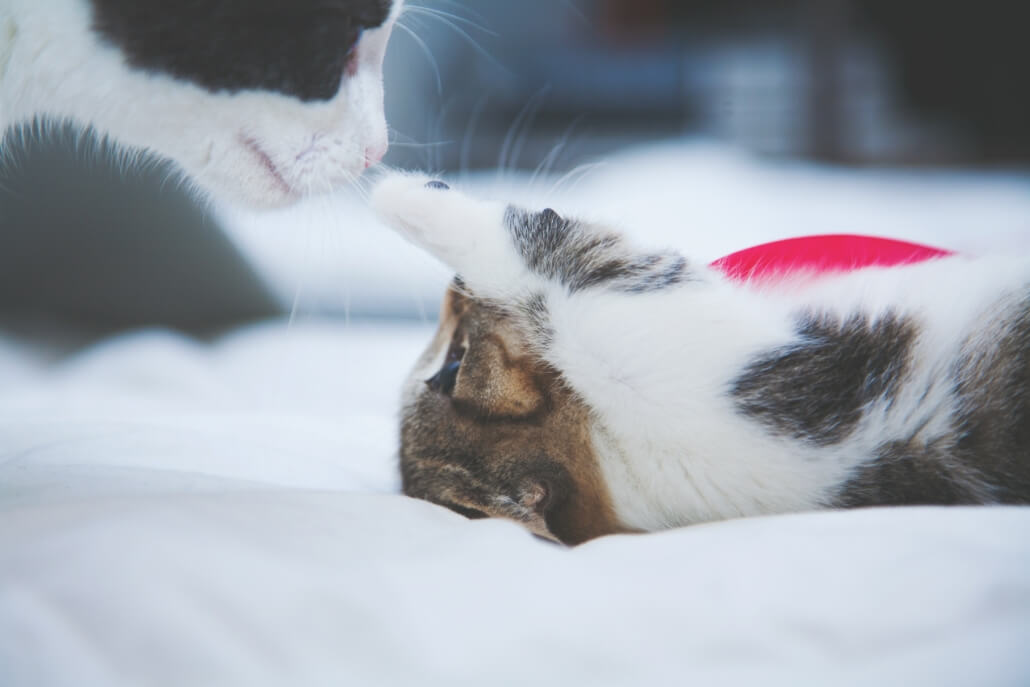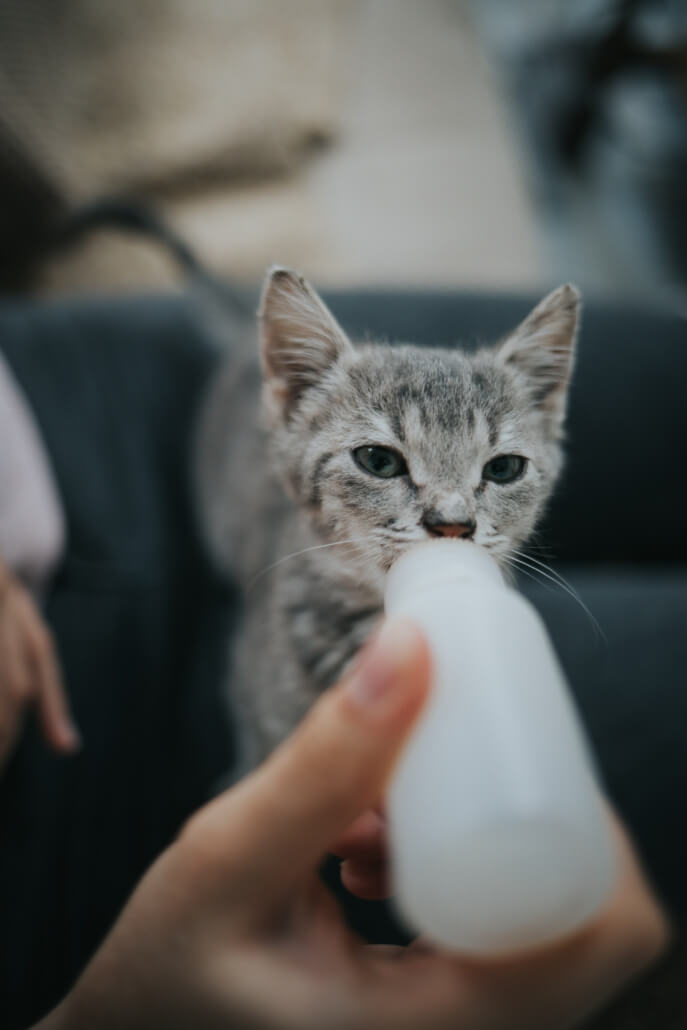At-Home Training: Improving Your Relationship With Your Pet
One of the most challenging aspects of pet ownership is learning how to properly train and discipline your pet to best fit into your lifestyle. The extra time spent at home due to COVID-19 can be a great time to work on your training skills and help you bond with your pet. Whether you just rescued a dog or cat or have been a pet owner for years, you can always dedicate time to working on your pets’ behavior. Please read this article and discover some free online videos you can use from the comfort of your home to get you started!
Need more convincing? Here’s a few key reasons why you should start training at home today:
It’s safer for your dog or cat
Training your pet can stop them from hurting themselves unintentionally. If your pet jumps up on a counter or chews on furniture, it can actually be detrimental to their health—not just your home furnishings—so it’s a good idea to train them in order to avoid unwanted occurrences like these. Managing your pet correctly can also lead to safer interactions with new people and animals inside and outside of your home. If you have a pet who is reactive or aggressive to other people and animals, ensure you consult a professional before openly introducing them to others.
It builds a stronger relationship between you and your pet
Statistics have shown that owners with well-behaved pets have a stronger bond with their pet. So, having a dog or cat that is well trained, relaxed, and responsive, will lead to a closer relationship with your furry companion. Relationships are built on mutual trust and understanding and it is no different with animals. When training your pet, it is vital to make sure they understand what you are trying to communicate to them. Commands with too many words can be confusing and put a strain on the authority and bond you hold with your animal. With dogs, remember that they are pack animals, meaning they want a trusted and benevolent pack leader to follow. Dogs will thrive when they know what the rules are, and when you spend time positively enforcing these rules, you also are building up between you and your furry friend.

Akc.org
It’s fun!
Who said learning isn’t fun? The exercises you and your pet will learn are stimulating and engaging. It can keep your pet from being restless and misbehaving by giving them an outlet for their mental and physical energy. Trick training, i.e. “shake,” “roll over,” etc, can be especially challenging and engaging for your pet. After physical exercise and a mentally stimulating training session, dogs who often look for trouble or suffer from separation anxiety may be more likely to be happy getting on the couch and taking a nap. Not only is it fun for your pet, but it’s fun for the owner too!

Hillspet.com
It helps your pet become more confident
Your pet understanding its role in your household and in society is important. If your pet is shy, fearful, or has anxiety from its past life experience, training can give them the structure they need to come out of their shells. Learning commands and how to follow your lead will help them behave and feel more confident when they’re in public and interacting with new people or animals. Even if your pet does not go in public often, this is still important. If people are coming into your home, your pet needs to be comfortable and sociable. Even if you simply take your dog on a daily walk or take your cat to the vet, you are likely come across other people and pets in the process. It is imperative that your pet does not feel threatened and that they trust your authority and guidance to give them confidence in these situations.
Here are some great resources that are perfect to get started for training your pet at home during the pandemic:
FOR CATS:
FOR DOGS:


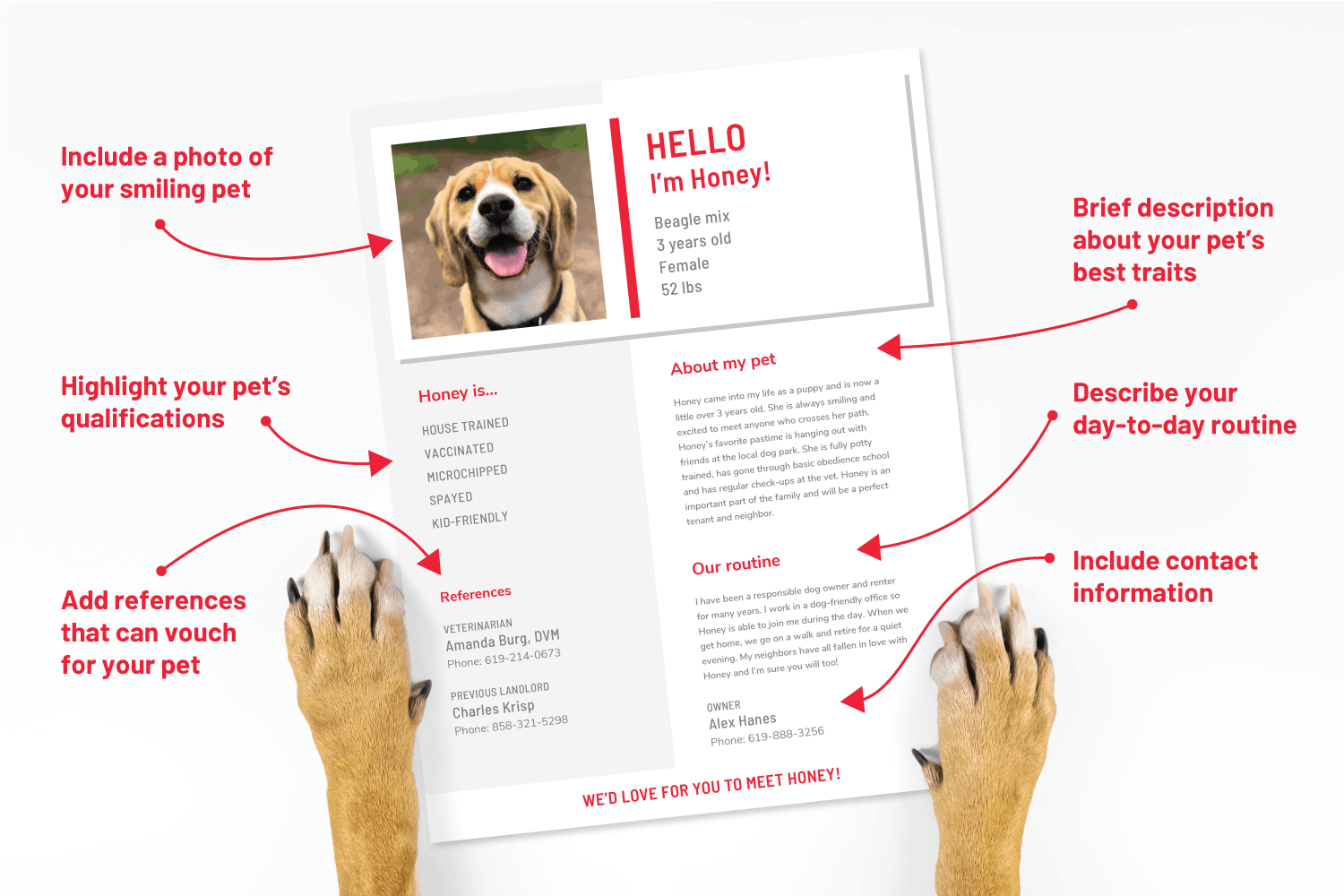



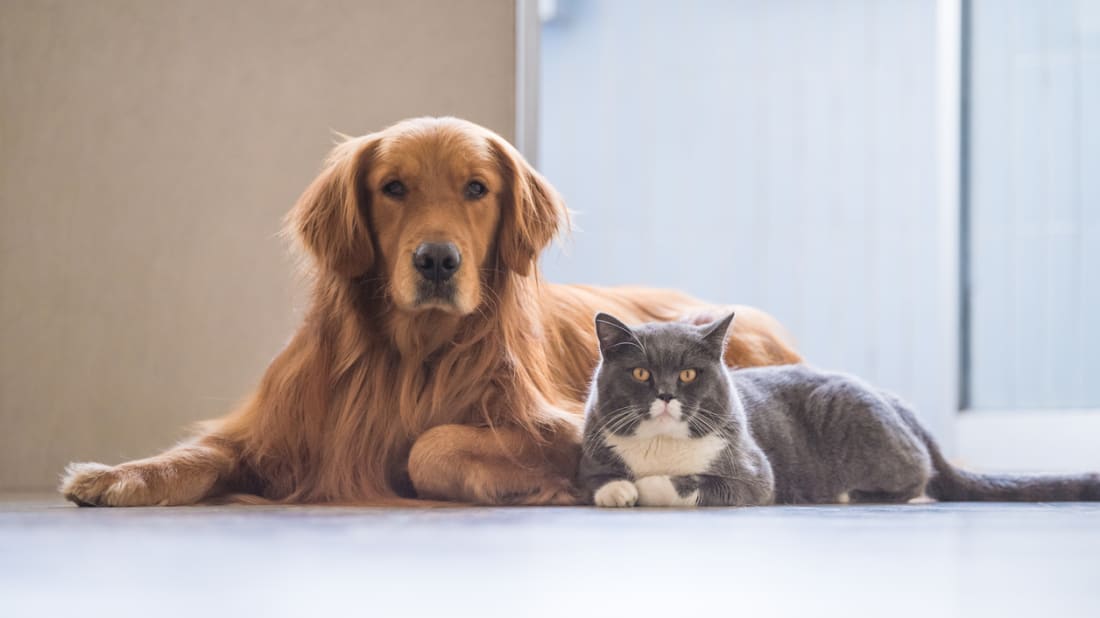


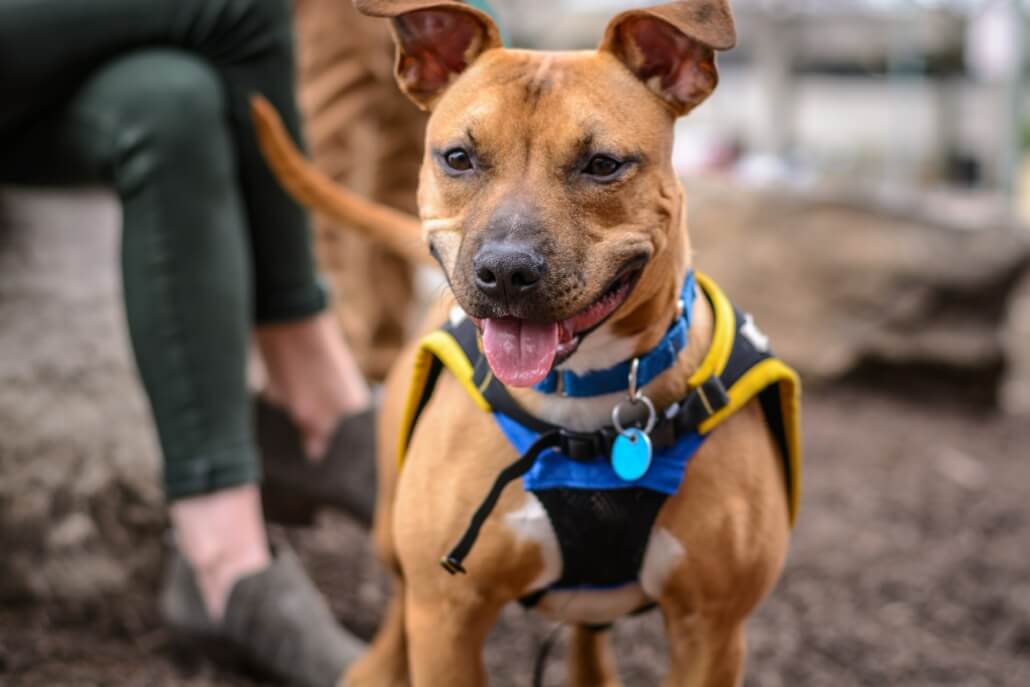
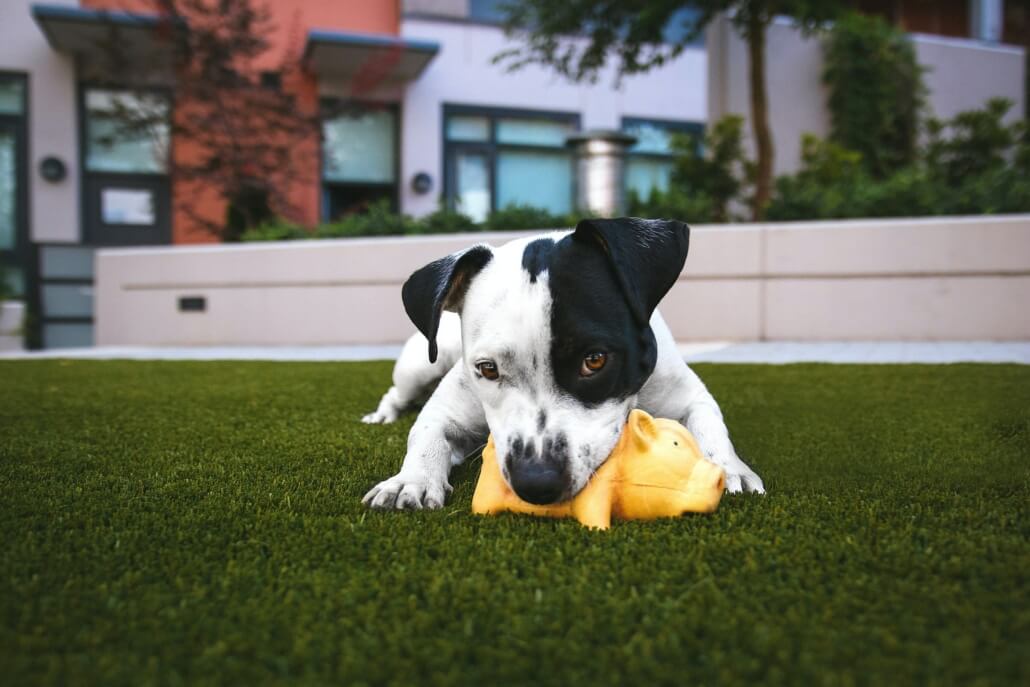

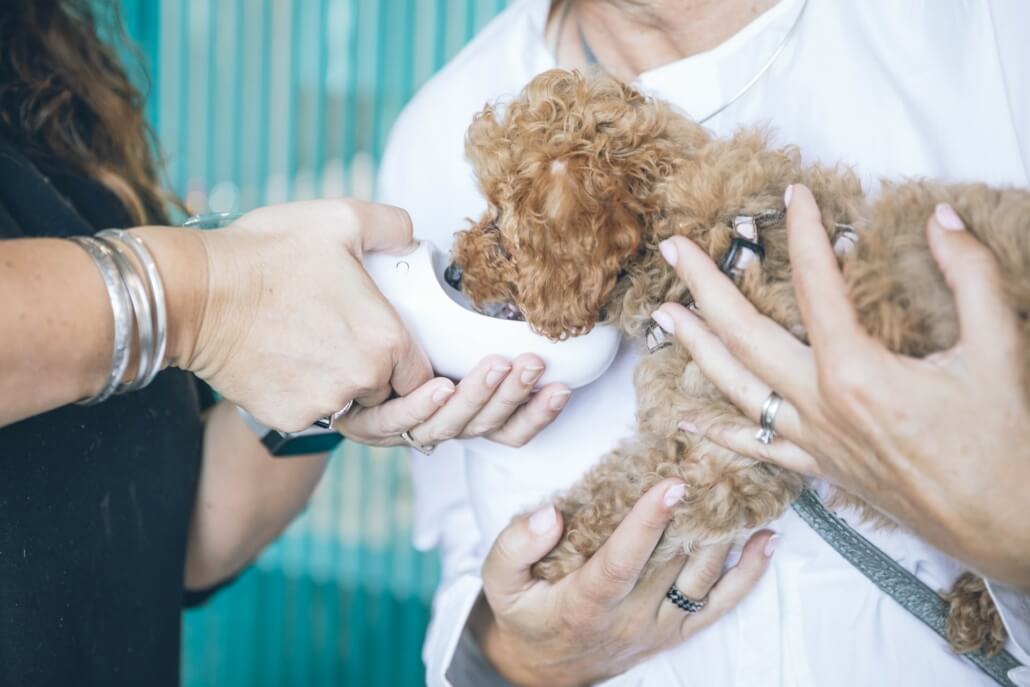
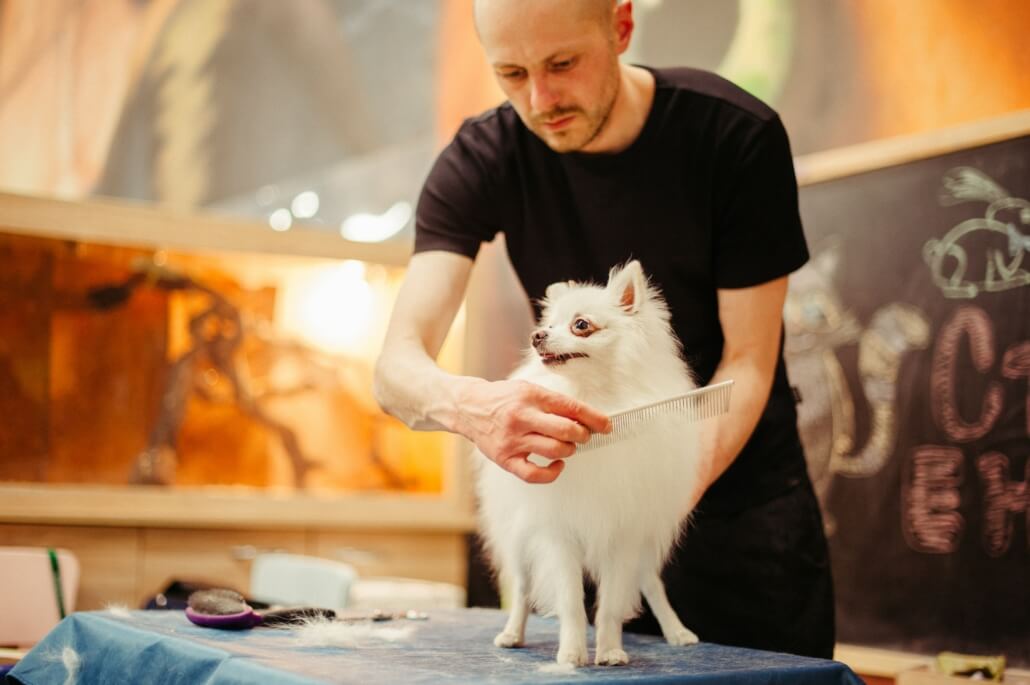





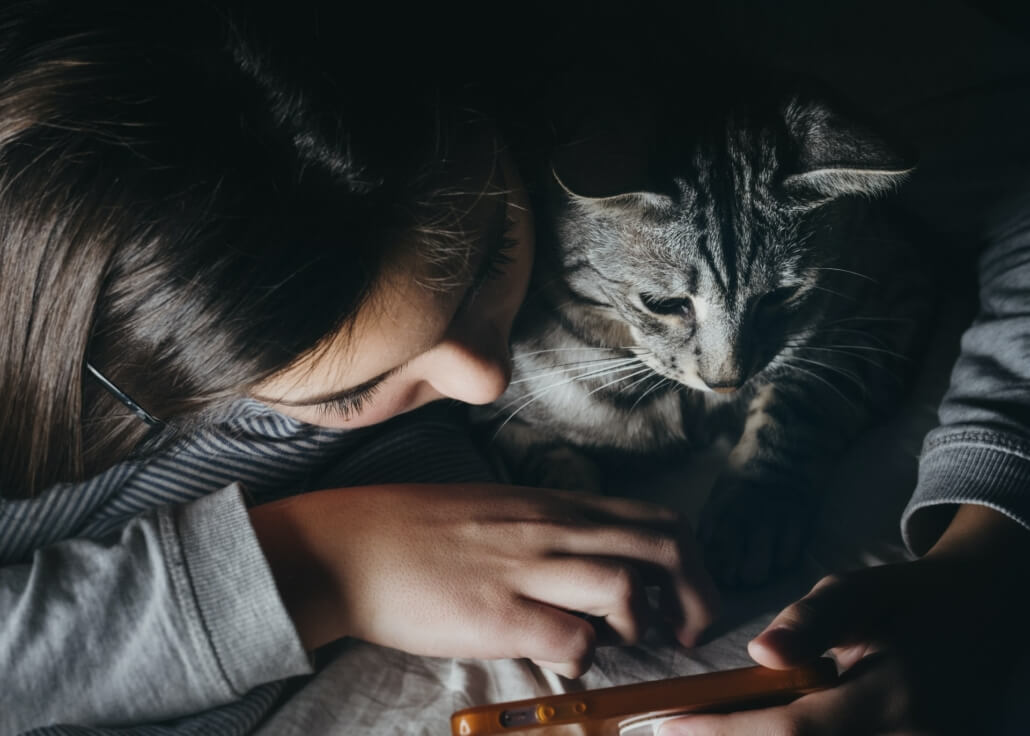
 On January 15, 2020, Friends of Miami Animals (“FoMA”) hosted its inaugural “Be A Friend” fundraiser raising nearly $200,000 in donations. About 180 of the organization’s friends gathered to show support for FoMA and its mission to save and improve the lives of pets in Miami-Dade County. Guests spent the evening learning more about the issues faced by homeless pets and pets of low income qualified pet owners and the solutions FoMA provides.
On January 15, 2020, Friends of Miami Animals (“FoMA”) hosted its inaugural “Be A Friend” fundraiser raising nearly $200,000 in donations. About 180 of the organization’s friends gathered to show support for FoMA and its mission to save and improve the lives of pets in Miami-Dade County. Guests spent the evening learning more about the issues faced by homeless pets and pets of low income qualified pet owners and the solutions FoMA provides. With the addition of a matching grant from Potamkin Philanthropies, the donations will total approximately $500,000 and will be used to fund a new mobile veterinarian clinic for a full year in partnership with Miami Dade Animal Services and Miami-Dade County for an initial three-year test project. The clinic will bring basic veterinary services and vouchers for free spay/neuter services to pets of low-income qualified pet owners who are unable to provide adequate care in economically challenged areas of Miami-Dade County.
With the addition of a matching grant from Potamkin Philanthropies, the donations will total approximately $500,000 and will be used to fund a new mobile veterinarian clinic for a full year in partnership with Miami Dade Animal Services and Miami-Dade County for an initial three-year test project. The clinic will bring basic veterinary services and vouchers for free spay/neuter services to pets of low-income qualified pet owners who are unable to provide adequate care in economically challenged areas of Miami-Dade County.